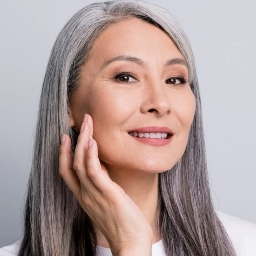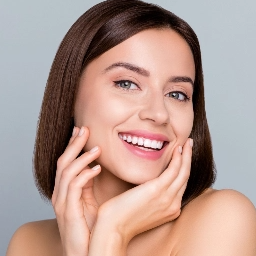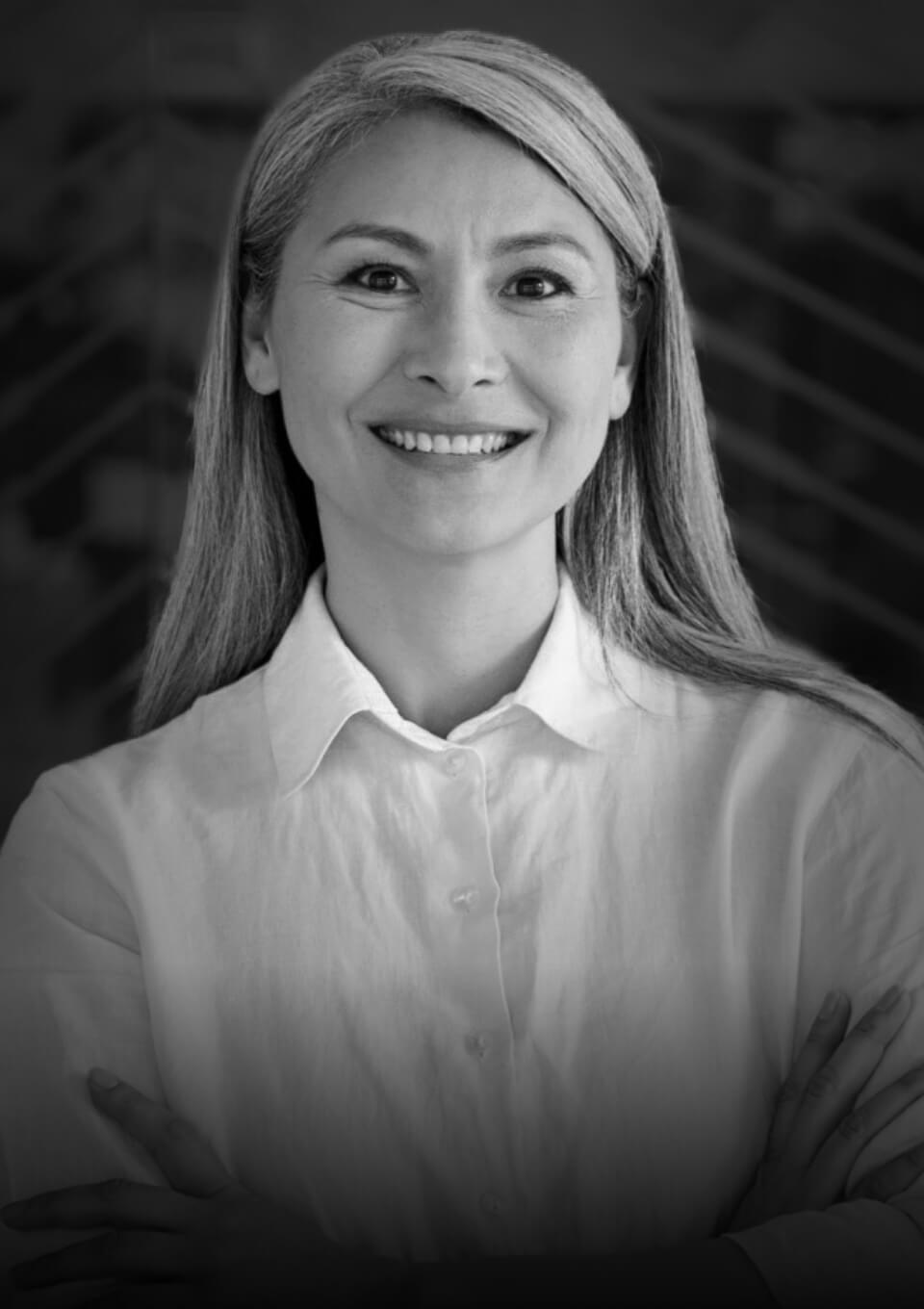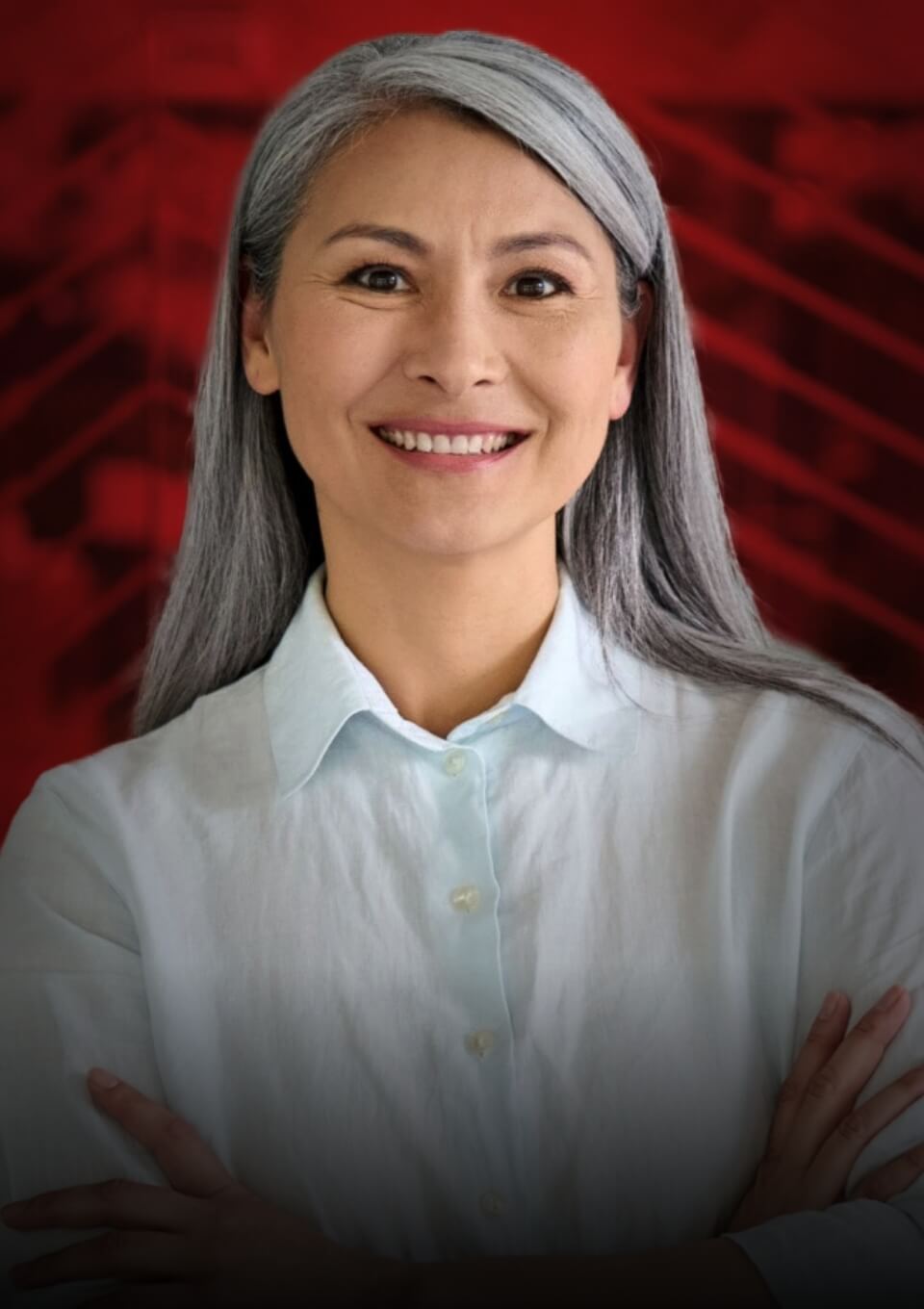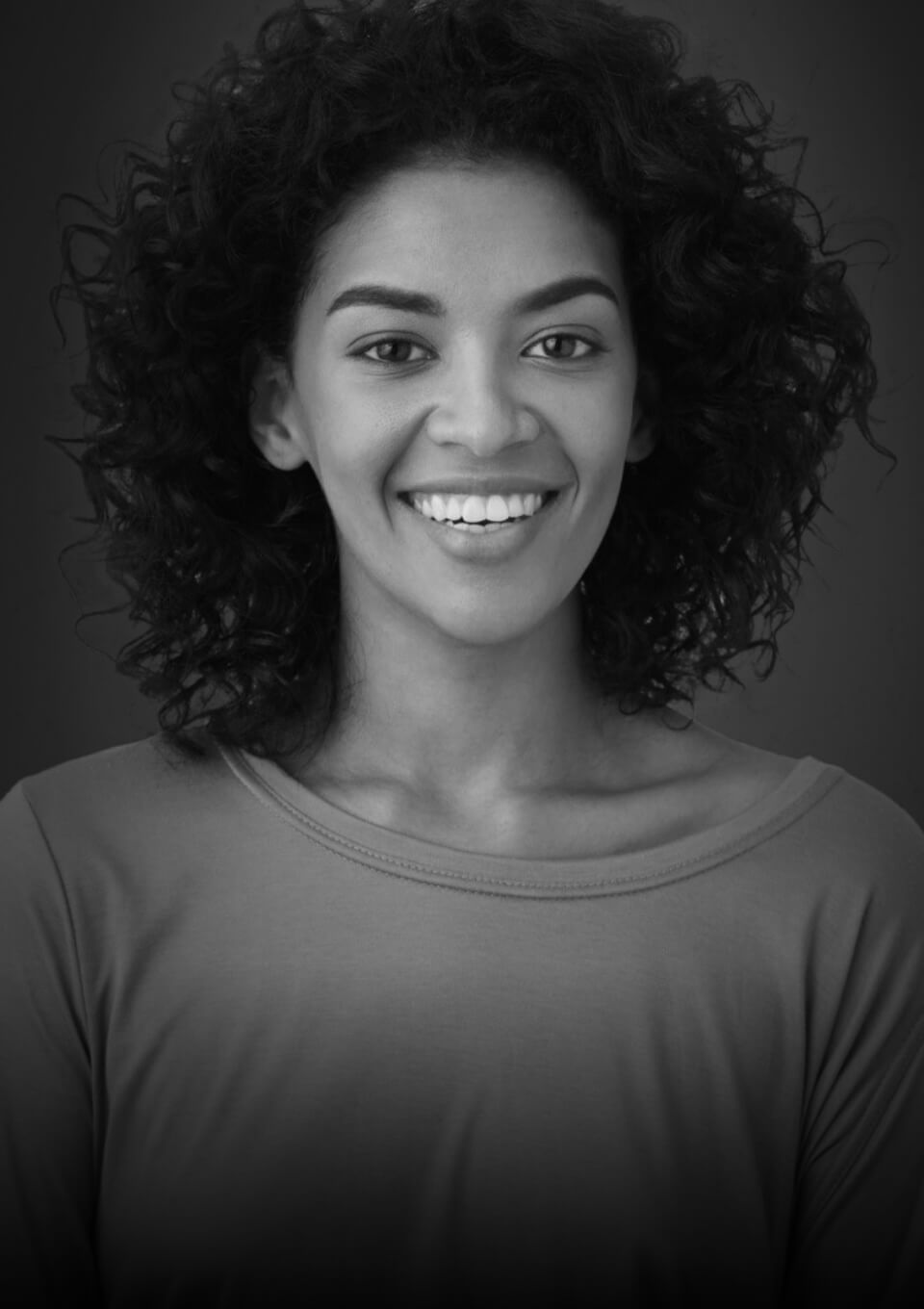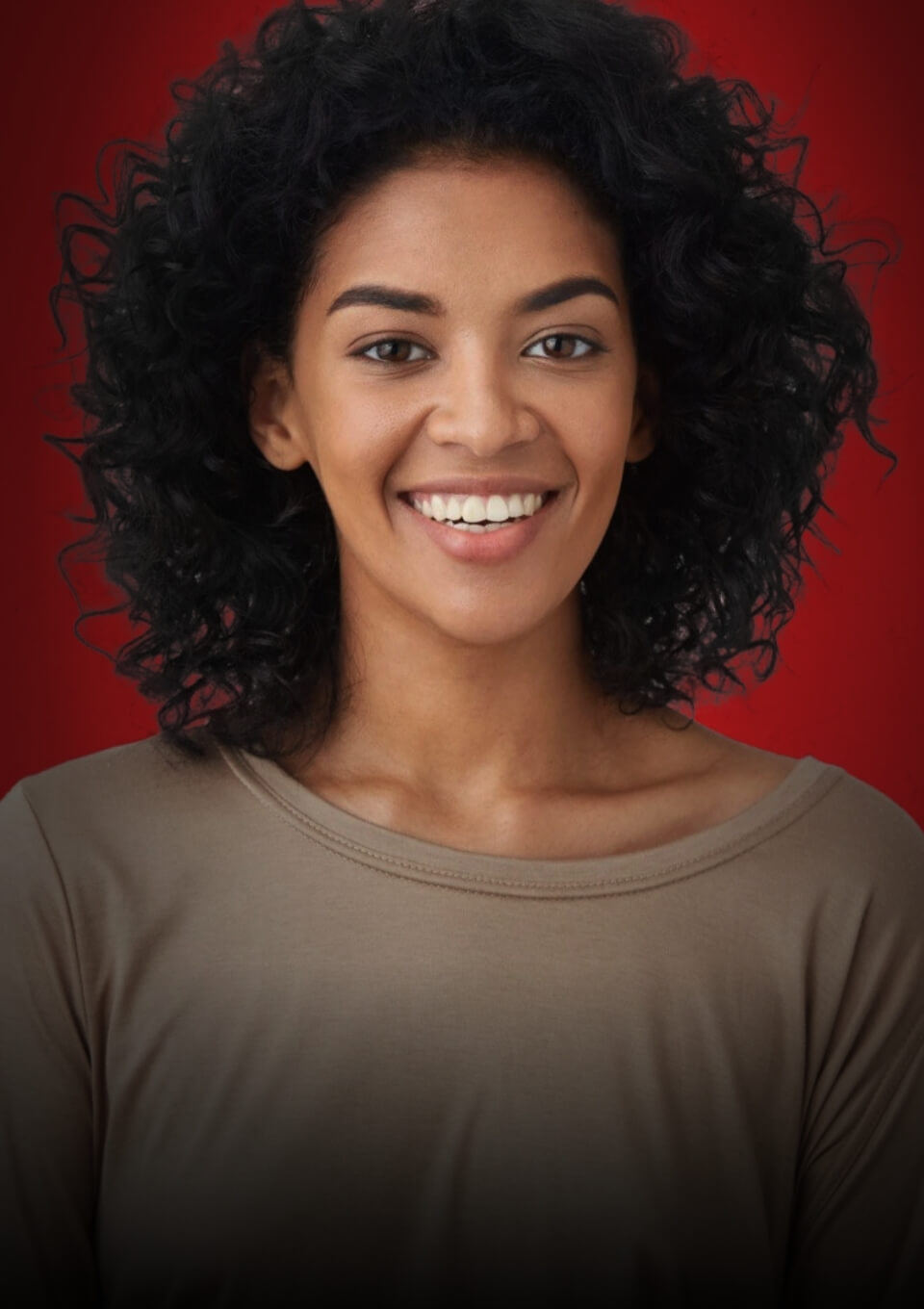Acne and rosacea both cause reddened skin and pink or red bumps on your face. It’s easy to mistake one skin disease for the other. However, they’re completely different in how they arise.
Can you have acne and rosacea at the same time? Absolutely. That’s why it’s essential to get an accurate diagnosis from a dermatologist, especially if rosacea runs in your family. Though some treatments overlap, many treatments are specific to the condition.
At Dermatology Institute & Skin Care Center in Santa Monica, California, expert dermatologists Paul Yamauchi, MD, PhD, and Summer Nguyen Liew, MSPAS, PA-C, diagnose and treat acne and rosacea. Though these skin conditions share similarities, they’re not the same and one doesn’t cause the other.
All about acne
Acne is a skin condition that develops due to a surge of androgens in your body. Androgens are “male” hormones, such as testosterone, that stimulate your follicles (aka pores) to produce an excessive amount of a waxy oil called sebum.
Sebum becomes a kind of glue in your follicles that prevents old skin shells from shedding. Instead, dead skin and oil clog your pores, leading to lesions, such as whiteheads and blackheads.
Eventually, the bacteria may begin to feast on the clogs and proliferate, causing inflammation. That’s when you start to see pimples, pustules, and cysts.
The (relative) rarity of rosacea
Unlike acne, which seems to affect almost everyone in the Western world at some point, rosacea isn’t quite so pervasive. About 16 million people in the United States have rosacea, although many haven’t been diagnosed. Unlike acne, rosacea tends to appear later in life, usually after age 30.
Rosacea isn’t affected by hormones. Instead, it seems to be a genetic condition passed down in families, especially those with light-skinned Northern European roots. The proliferation of another skin microbe — the Demodex mite — is often associated with rosacea and may partially account for its inflammatory, red appearance.
The symptoms of acne and rosacea are slightly different. Though each can cause red bumps and reddened skin, rosacea may also lead to:
- Rough patches or rashes
- Visible veins
- Enlarged nose
- Flushing or blushing
- Red eyes
Researchers have discovered that rosacea may be the result of a hyperactive immune system. In fact, people with rosacea are at increased risk for more significant inflammatory disorders — including cardiovascular disease and certain cancers — which suggests that the reddened skin and lesions are the result of systemic inflammation.
Treatments: The connection between acne and rosacea
Even though acne and rosacea are distinct skin conditions, many treatments are the same. Here are some treatment options:
Topical or oral antibiotics
Because acne and rosacea are associated with an excess of skin microbes, both skin conditions can benefit from either topical or oral antibiotics.
Topical retinoids
Retinoids are vitamin-A derivatives that help your skin shed dead skin to reveal healthier skin beneath. They can be especially useful to unclog the follicles in acne and are also therapeutic for rosacea.
Laser and light therapies
Both acne and rosacea respond to a variety of light therapies, such as lasers and pulsed-dye light and blue light. Lasers and light break up overly pigmented lesions and evaporate visible veins. They also improve the quality of your skin to reduce the frequency or severity of acne or rosacea flares.
Acne-only remedies
Severe cases of inflammatory acne may require an oral retinoid called Accutane®, which can only be used for short periods and isn’t recommended for women unless they’re on birth control. Because acne is influenced by hormones, women may benefit from hormonal contraceptive therapy.
Rosacea-only remedies
Rosacea may require immunosuppressive therapies. People with rosacea may also benefit from lifestyle changes, such as avoiding hot foods or liquids and staying away from dry heat or sunlight, which may trigger an attack.
Don’t assume that the red bumps on the tip of your nose are acne. Get the diagnosis you need by booking a consultation with our experts today. Simply phone our friendly staff for an acne and rosacea consultation or send us a message online.

